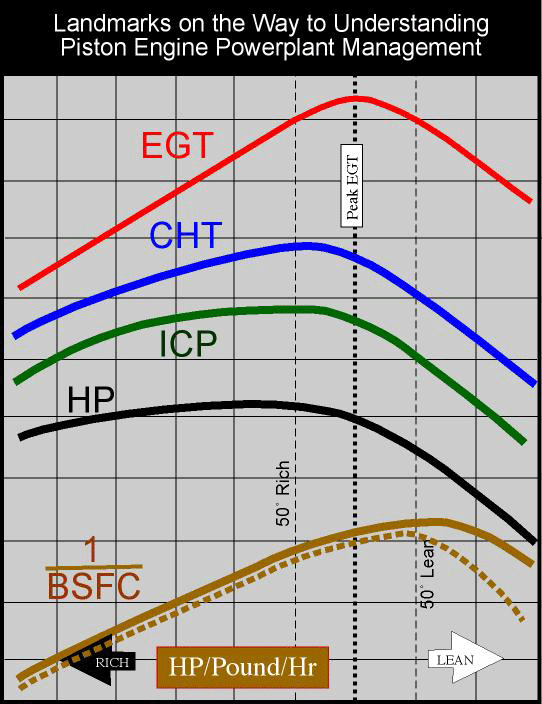Can someone please advise...
We have a Dynon Skyview D1000 in a new RV-9 and have installed the latest firmware 11.1
In, Set up; we have selected Lycoming 160HP, but when you start leaning the ROP-PK-LOP indication indicates LOP when still WAAAY ROP. An avionics boffin has advised that Dynon only 'looks' at Lycoming graphs loaded into the firmware and DOES NOT look at EGT and FF to determine the peak EGT!
Could this possibly be true?
The 'fix' we have been advised to do is reduce the HP to expected cruise power and then the indication will be correct at this power.
Your advice please. Thx.
Edit/Delete Message
We have a Dynon Skyview D1000 in a new RV-9 and have installed the latest firmware 11.1
In, Set up; we have selected Lycoming 160HP, but when you start leaning the ROP-PK-LOP indication indicates LOP when still WAAAY ROP. An avionics boffin has advised that Dynon only 'looks' at Lycoming graphs loaded into the firmware and DOES NOT look at EGT and FF to determine the peak EGT!
Could this possibly be true?
The 'fix' we have been advised to do is reduce the HP to expected cruise power and then the indication will be correct at this power.
Your advice please. Thx.
Edit/Delete Message




